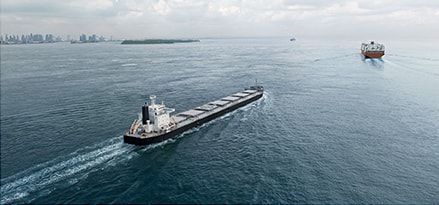Introduction
This technical topic explains the present Bunker Delivery Note (BDN), which has evolved from the Bunker Delivery Receipt (BDR). Originally the BDR was used as a means to document quantity delivered from a supplier to a customer and provide evidence of receipt of product. MARPOL Annex VI, International Convention for the Prevention of Air Pollution from Ships, now requires certain information in a BDN. As well as being required for the above purposes, a BDN (as dictated in MEPC.176(58)) must also include the sulphur levels in the product, as well as delivered quantities.
BDN requirements
The following information must be included in the BDN to comply with global standards:
- Name and IMO number of receiving vessel
- Port of bunkering
- Date of commencement of delivery
- Name, address and telephone number of fuel oil supplier
- Delivered product name(s)
- Quantity in metric tons
- Density at 15 degrees Celsius
- Sulphur content
- A declaration signed and certified by the fuel oil supplier’s representative that the fuel oil supplied is in conformity with the applicable paragraph of regulation 14.1 or 14.4 and regulation 18.3 of MARPOL Annex VI.
Ensuring compliance
The BDN is also used in conjunction with bunker samples to provide proof of regulatory compliance. Bunker sample seal numbers are documented on the BDN to provide a record of the sample for that particular delivery. Each sample (commercial and MARPOL) must be sealed with the seal identification number clearly listed on the BDN. Note that BDNs may also require additional information to comply with local laws/regulations at port of delivery.
ExxonMobil has developed a global BDN template in order to ensure compliance with regulatory requirements, as well as capture all pertinent information needed to document product quantity. The BDN document is still the primary method to document the quantity delivered to a customer. Since marine fuel is normally delivered by volume (liters, cubic meters, gallons or barrels) but sold by weight (metric tons), it is crucial to record the correct density and volume delivered on the BDN.
The BDN must be maintained onboard the vessel for three (3) years. Port State Control has the authority to board the vessel to inspect and make copies of the BDN to verify that the fuel complies with global and local regulations.


